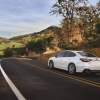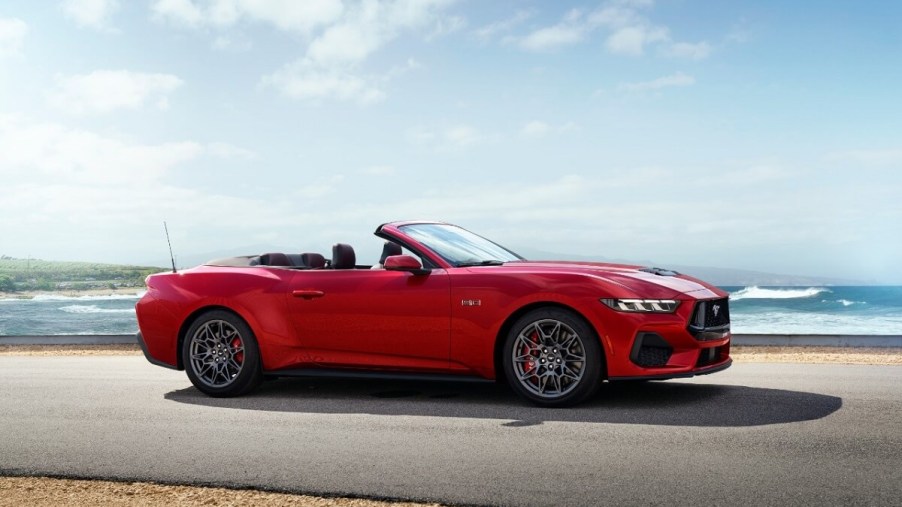
5 Most Common Problems with Convertible Cars
Convertible cars are a popular choice for car enthusiasts who love the feel of the wind in their hair and the sun on their faces while cruising down the road. These cars offer a unique driving experience and a sense of freedom unmatched by any other type of vehicle. However, owning a convertible car comes with its own set of challenges and drawbacks. In this article, we will discuss the five most common problems with convertible cars that owners may encounter, and provide some tips on how to address these issues. Whether you’re a seasoned convertible owner or considering purchasing your first one, this guide will help you navigate the potential pitfalls of owning a convertible car.
Convertibles aren’t as safe
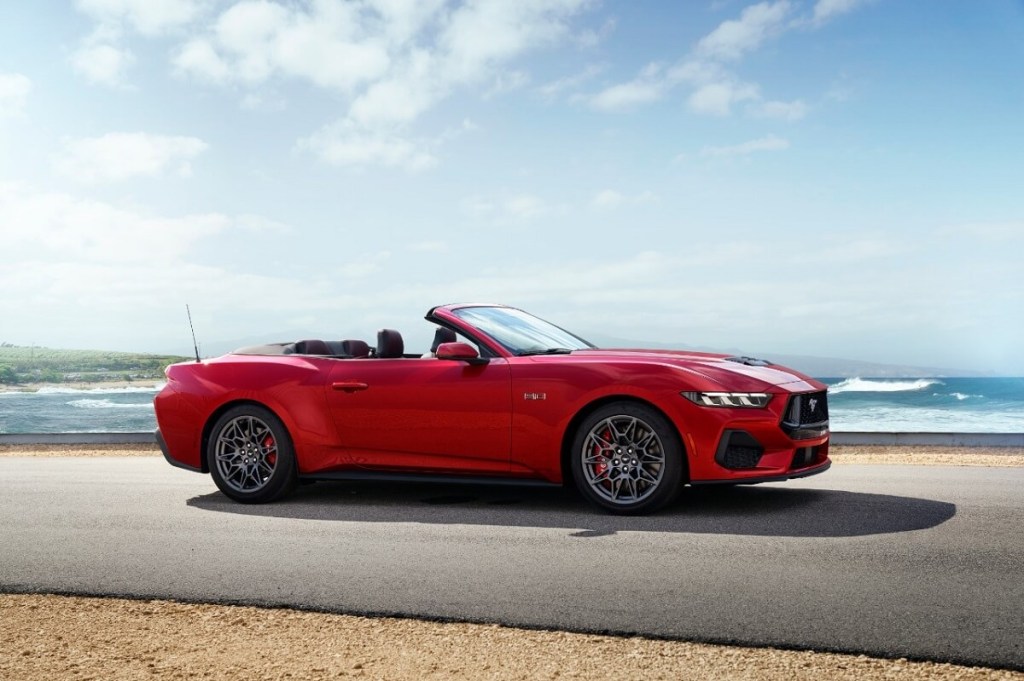
Convertible cars are known for their sleek design and open-air driving experience, but they do come with a downside regarding safety. The lack of a solid roof and pillars means that occupants are at a higher risk of injury in the event of a rollover or collision. Convertible cars also tend to have less structural reinforcement.
Less reinforcement means they may not perform as well in crash tests. However, modern convertible cars have come a long way regarding safety features. Things such as reinforced frames, side airbags, and rollover protection systems. It’s essential to consider the safety implications before purchasing a convertible car and always wear your seatbelt while driving.
Higher insurance costs
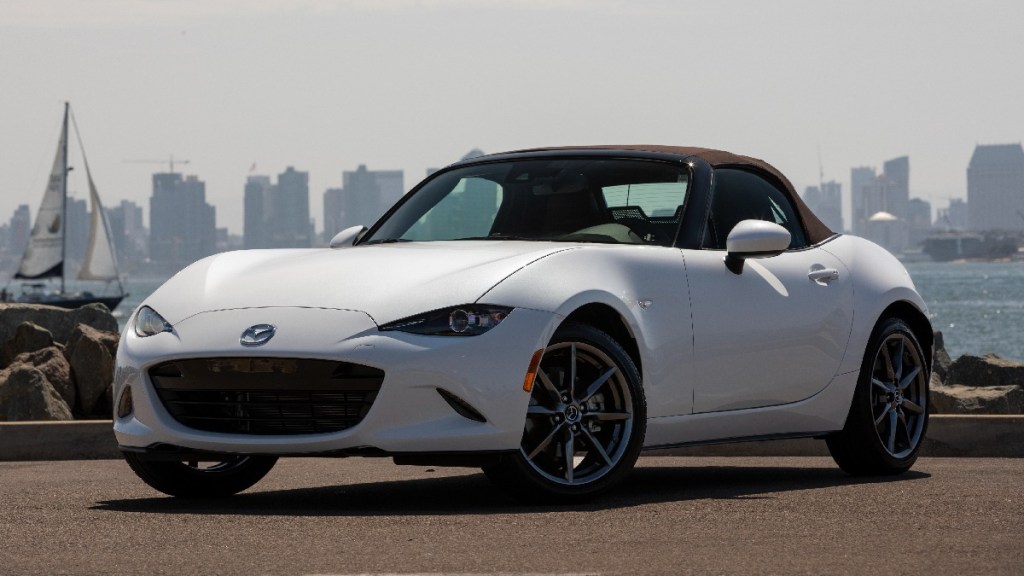
If you’re considering purchasing a convertible car, be prepared to pay higher insurance premiums. Convertibles tend to have higher insurance costs than their hardtop counterparts due to their increased risk of theft, damage, and accidents. Companies in the U.S. like Progressive explain why insurance costs are more than a fixed roof car.
Convertible owners are also more likely to drive in risky situations, such as during adverse weather conditions or at high speeds. Insurance companies also consider the cost of repairing or replacing a soft-top roof, which is more vulnerable to damage than a traditional hardtop. So be sure to factor in the insurance price when considering the overall cost of owning a convertible car.
Convertibles are loud inside
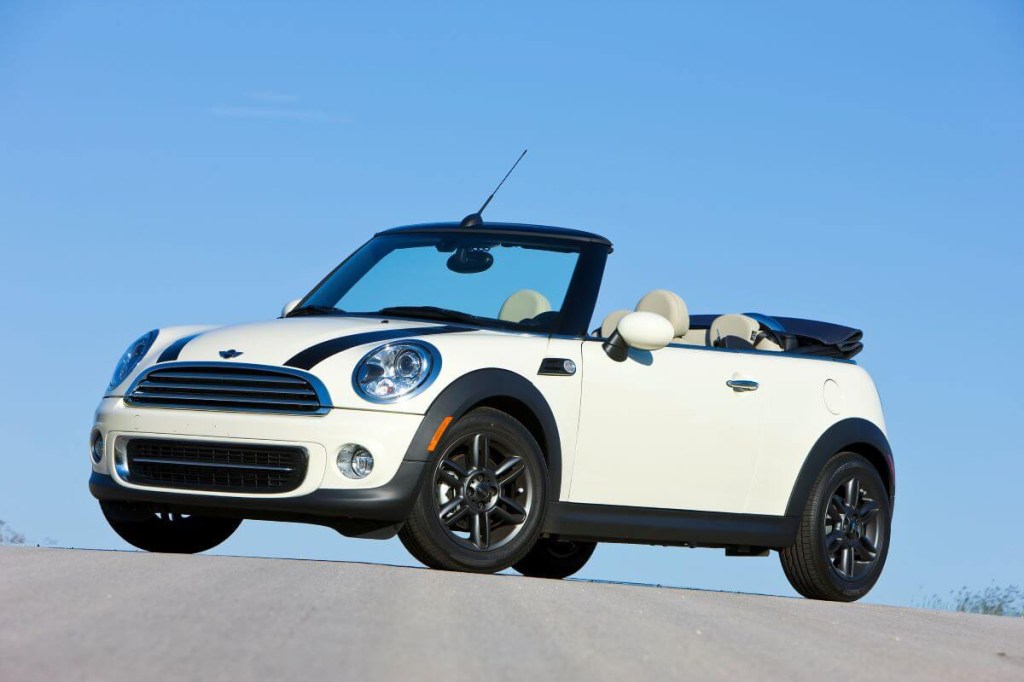
One common issue with convertibles is that they tend to be louder inside the cabin than traditional hardtops. This is because the soft-top roof does not provide as much insulation from outside noise. Wind noise, in particular, can be a problem, especially at higher speeds.
This can make conversations and listening to music more difficult while driving. However, some modern convertibles have improved insulation and noise-cancellation features that can mitigate this issue. Additionally, wearing earplugs or noise-canceling headphones can help reduce noise levels while driving an older convertible car with worse noise.
Convertible car interiors age faster
A convertible car’s interior can age faster than a traditional hardtop due to increased exposure to the sun and the elements. In addition, the soft-top roof offers less protection from UV rays, which can cause the upholstery and dashboard to fade, crack, or discolor over time.
Convertible owners may also find that the interior of their cars is more prone to wear and tear due to increased use and exposure to wind and moisture. Regularly cleaning and conditioning your convertible car’s interior is essential to minimize these effects. In addition, keep it parked in a covered area when possible, and use protective covers when the vehicle is not in use.
Convertibles are generally more expensive
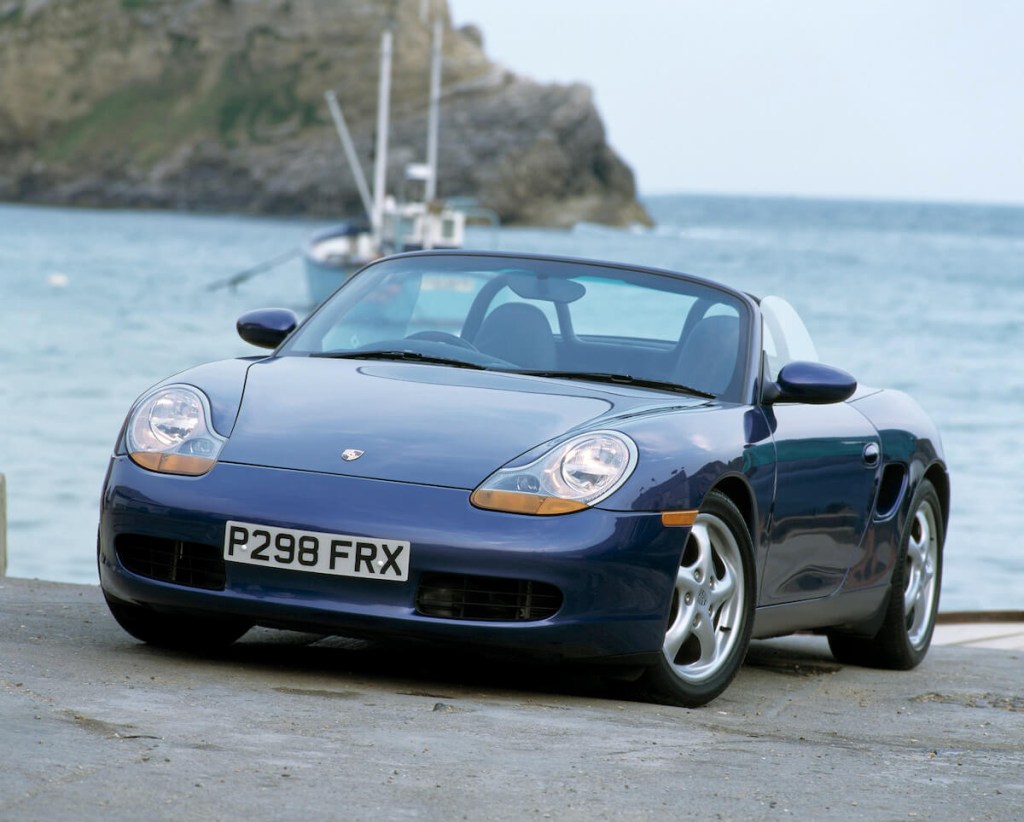
Convertibles are generally more expensive than traditional hardtops due to their unique design and features. In addition, convertible models often require additional engineering and reinforcement to compensate for the lack of a solid roof, which can drive up production costs. Soft-top roofs can also be more expensive to manufacture and repair than hardtop roofs.
Additionally, convertibles are often marketed as luxury or high-performance vehicles, which can add to their price tag. However, despite their higher cost, many car enthusiasts are willing to pay a premium for the unique driving experience and sense of freedom a convertible car can provide.
Is a convertible car worth it?
Convertible cars are generally more expensive than traditional hardtops due to their unique design and features. In addition, convertible models often require additional engineering. The cars need additional reinforcement to compensate for the lack of a solid roof, which can drive up production costs. Soft-top roofs can also be more expensive to manufacture and repair than hardtop roofs.
Additionally, convertibles are often marketed as luxury or high-performance vehicles, which can add to their price tag. However, despite their higher cost, many car enthusiasts are willing to pay a premium for the unique driving experience and sense of freedom a convertible car can provide.
